St. Petersburg in the era of Catherine the Great (1762-1796)
Over the course of Catherine's lengthy reign, Petersburg conclusively attained the status of a great European capital. With the transformation and beautification of the Russian Empire's capital city, Catherine followed the principles of the Enlightenment philosophers, as well as the desire to be remembered fondly and to retroactively justify the coup that had thrust this former German princess into the role of an enlightened Russian Empress.
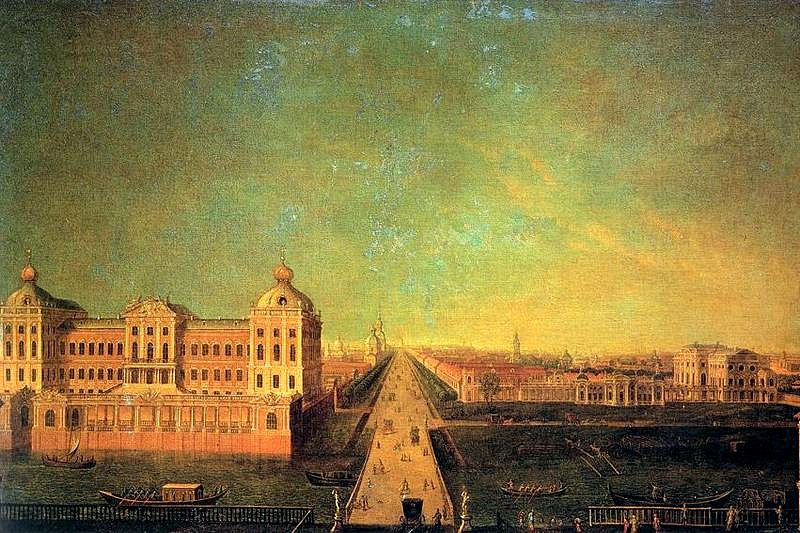
Catherine continued the long tradition of inviting the best foreign artists, architects and other cultural figures to work in Russia. Thus, the French sculptor Etienne Maurice Falconet came to Petersburg and at Catherine's request created what later became renowned as the Bronze Horseman, that magnificent equestrian monument to Peter the Great on the banks of the Neva. Catherine was not a member of the Romanov dynasty by birth, and she therefore tried to strengthen her virtually non-existent connection to predecessors on the throne: thus, the pedestal of the monument is inscribed in both Latin and Russian with the momentous phrase: "To Peter the First from Catherine the Second."
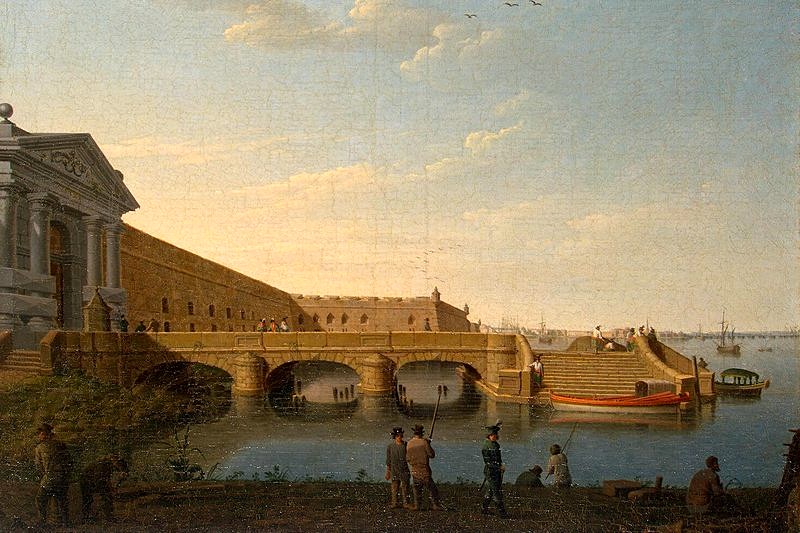
During Catherine's reign, the banks of the Neva River and other smaller waterways – the Moyka and the Fontanka – were transformed into roadways faced with granite (where previously buildings had been right on the banks of the river, their front entrances accessible only from the water). The first part of the Neva's embankment that was "dressed" in this way was the section from the Summer Garden to the Winter Palace. The Summer Garden's famous, elegant wrought-iron fence was built at this time according to the plans of the architect Yury Felten. In order to not ruin Catherine's view from the windows of the Winter Palace, the southern walls of the Peter and Paul Fortress were lined with deep reddish granite (the opposite side of the fortress that was not visible from the palace remained as it was: bare brick).
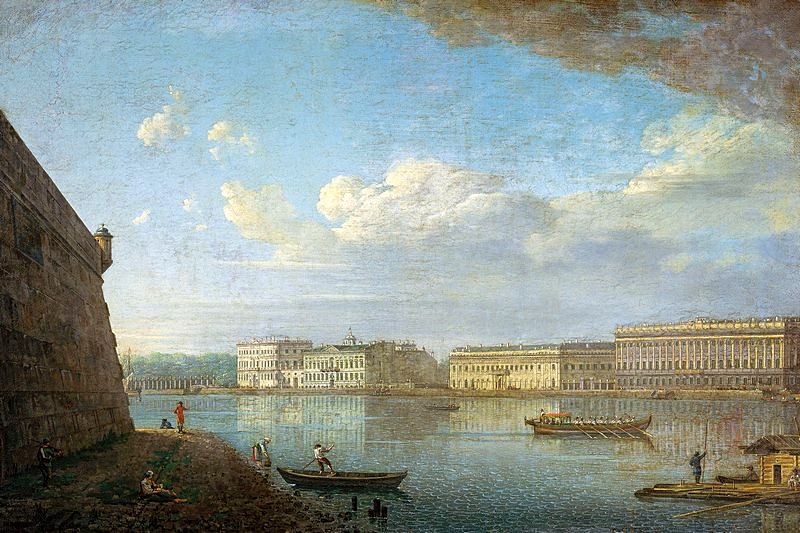
The era of Catherine the Great influenced the appearance of Petersburg, first and foremost, through the transition from baroque and rococo to neoclassicism. Catherine ordered the construction of the majestic Marble Palace for her favorite, Grigoriy Orlov, who had played a key role in the coup which had brought her to power. And likewise, Orlov ordered the construction of the Grand Palace in Gatchina. However, the construction of the Marble Palace dragged on and Orlov never managed to move into this new palace. The Empress decided not to marry her favorite and her feelings to him cooled even though they had an illegitimate son by the name of Alexey Bobrinsky.
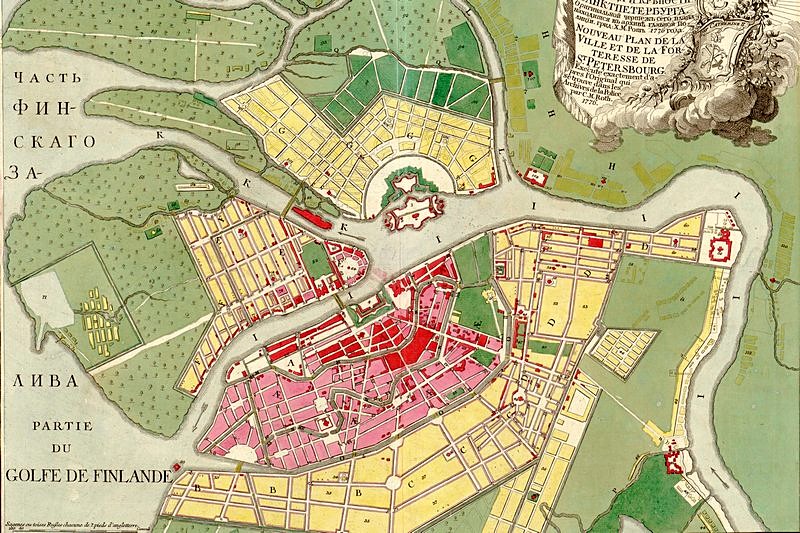
Under Catherine, an educational residence was founded for girls, which later grew into the Institute for Noble Girls, and was one of the earliest progressive educational organizations for young women. Today it is known as Smolny Institute. The Public Library was also founded (now the Russian National Library, one of the two largest libraries in Russia) at the corner of Nevsky Prospekt and Sadovaya Ulitsa. At about the same time, the Central Gostiny Dvor on the opposite side of Sadovaya Ulitsa was built according to the simplified plans of the architect Vallin de la Mothe, providing the city with its main central trading post.
Over the course of Catherine's long reign, construction proceeded apace at the royal residences of Tsarskoye Selo and Peterhof. In the former, the Cameron Gallery was added to the Catherine Palace, and the Agate Room Pavilion was built. The nearby Alexander Palace was constructed with a plethora of pavilions scattered about its large park, including both the unusual "Large Caprice" and "Small Caprice." In Peterhof, the Catherine Corpus (living quarters) was built next to Mon Plaisir. And so many palatial interiors were redecorated that it is impossible to list them all.
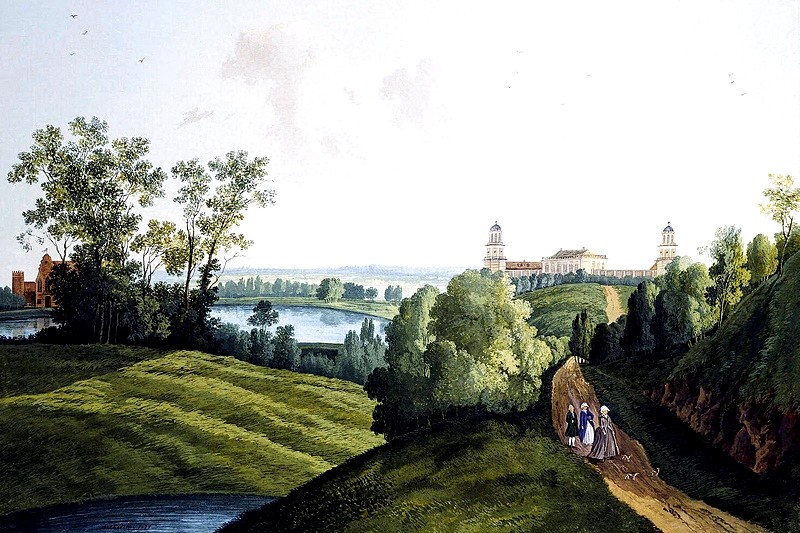
The memory of Catherine the Great is honored in the grand monument built on the square between Nevsky Prospekt and the Alexandrinsky Theater, which has been christened Ekaterininsky Sad or Catherine's Garden. This monument, which was the idea of the architect Mikhail Mikeshin, depicts the wise, benevolent Empress towering above the most eminent dignitaries, military personages, and literary figures of her time.

